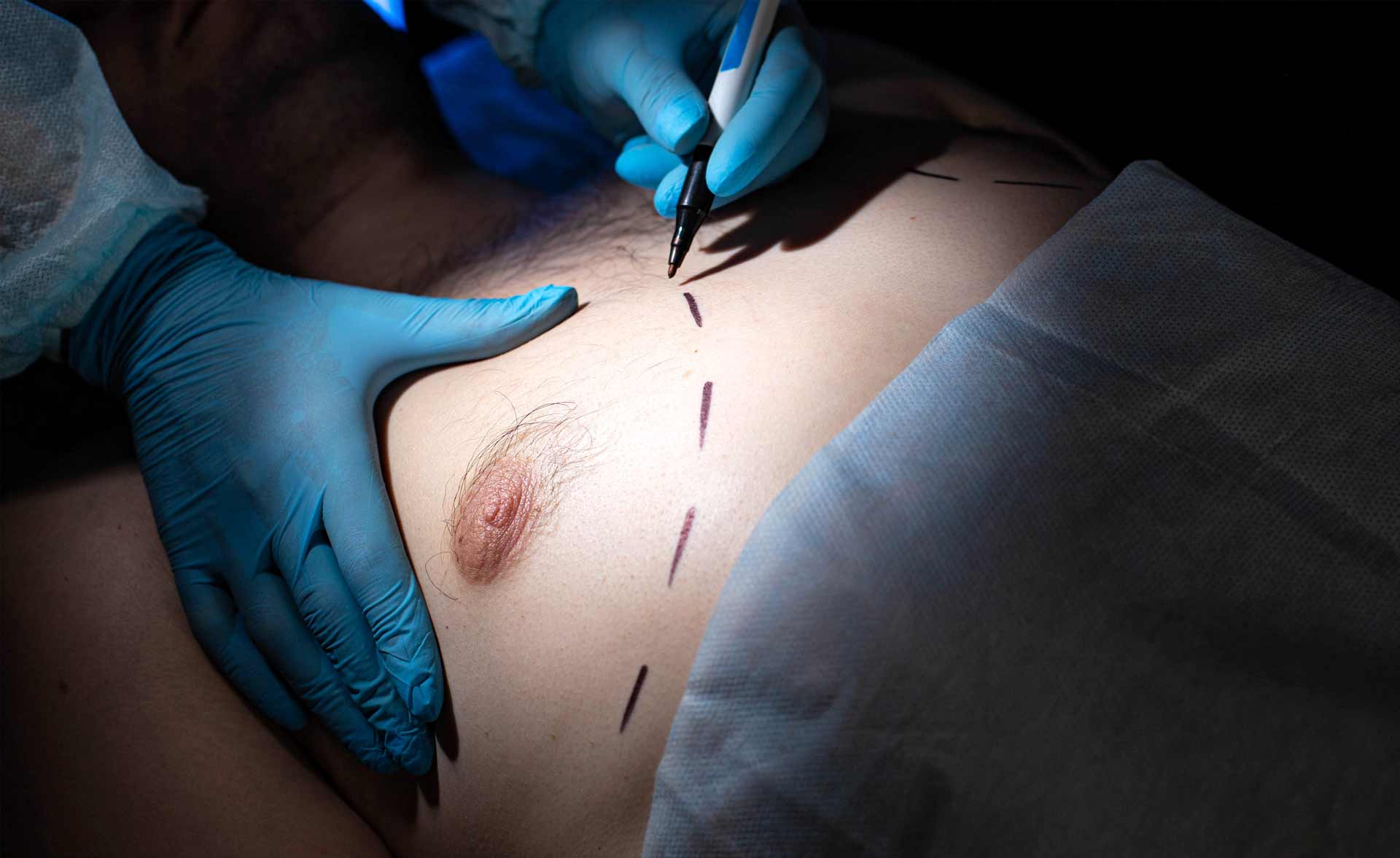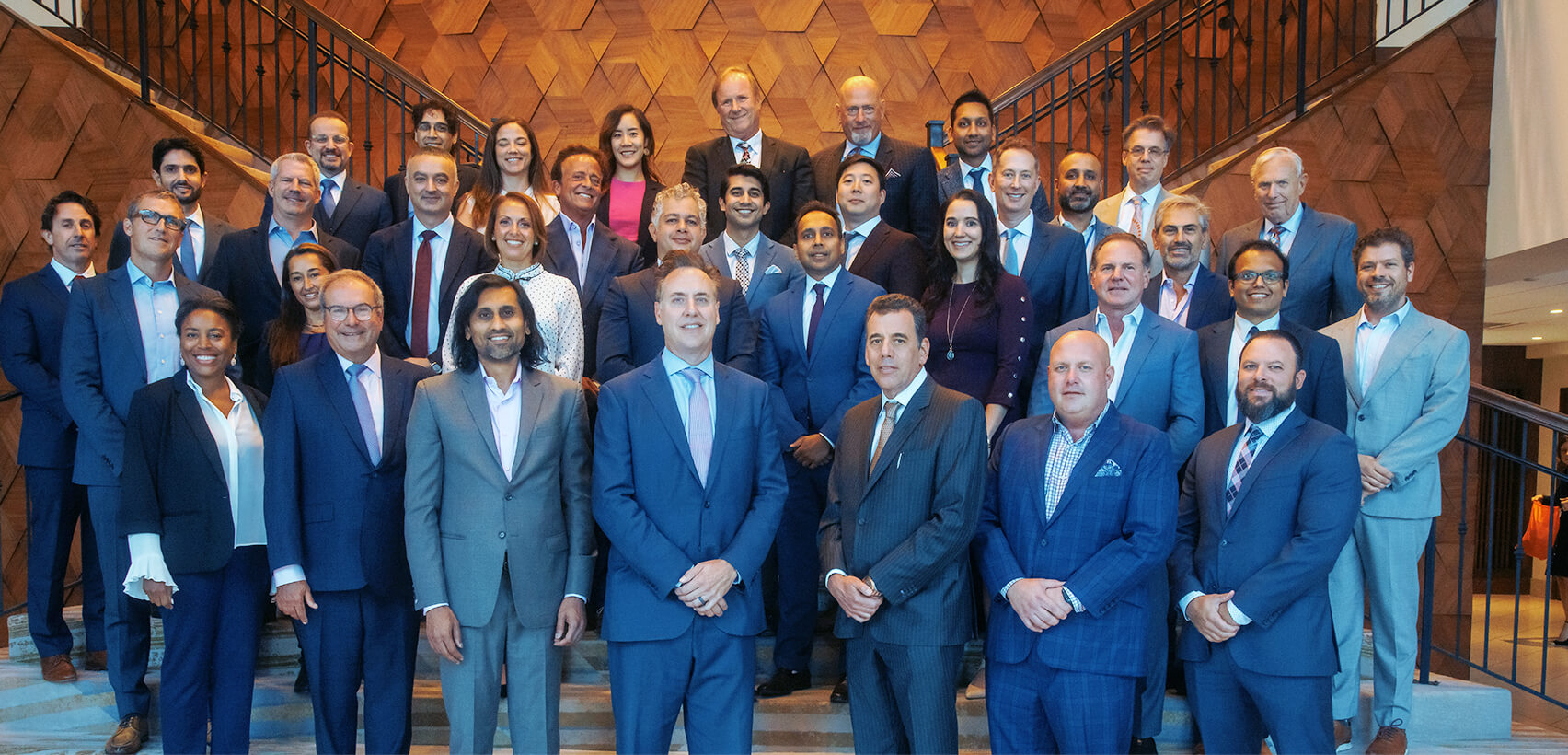Navigating Recovery: Dos and Don'ts After Gynecomastia Surgery

Enlarged breast tissue can cause physical discomfort or pain, and may interfere with activities, leading to depression, anxiety, and low self-confidence. If you have undergone gynecomastia surgery, you are likely eager to see your final results. However, recovery is a crucial time after any procedure. The weeks following surgery require diligent care and attention to allow your body to mend properly. While it is normal to feel some discomfort, excessive swelling or other issues can indicate complications. Being well-informed about proper aftercare can give you the peace of mind that your healing is on track. This article covers some of the most important things you need to know about recovering comfortably and successfully after your gynecomastia procedure.
What Is Gynecomastia Surgery?
Gynecomastia surgery, also known as male breast reduction, is a procedure to remove excess breast tissue in men. It is done to create a flatter, more contoured chest. During surgery, a surgical incision is made to remove the excess glandular tissue, fat, and skin. This helps create a more sculpted chest contour.
Tips for a Speedy Gynecomastia Surgery Recovery
- Get lots of rest. Your body needs time to heal, so take it easy and rest as much as possible the first week after surgery.
- Take pain medication as directed. Your doctor may prescribe pain meds to help manage discomfort. Take them as instructed to stay ahead of the pain.
- Wear your compression garment. Compression helps minimize swelling and supports new contours. Follow your surgeon's instructions on how long to wear it.
- Go for gentle walks. Light walking can help prevent blood clots and improve circulation. However, avoid strenuous exercise or lifting until your doctor gives the okay.
- Drink lots of fluids. Staying hydrated is key after any surgery. Stick to non-carbonated, non-alcoholic beverages as directed by your surgeon.
- Eat a balanced diet. Proper nutrition aids healing. Focus on whole foods like fruits, vegetables, lean protein, and whole grains. Avoid salty, greasy, or spicy foods.
What Not to Do During Gynecomastia Surgery Recovery
- Do not lift your arms over your head. Reaching upward puts strain on the incision site. Keep your arms down by your sides as much as possible.
- Do not miss follow-up appointments. It is crucial to see your surgeon as scheduled during your recovery period to monitor progress and check for complications.
- Do not resume strenuous activity too soon. Ease back into exercise gradually over 4-6 weeks. Sudden intense activity can put stress on incision sites and damage results.
- Do not submerge incisions in water. Avoid baths, swimming, and hot tubs for several weeks post-op or until incisions are fully closed.
- Do not ignore signs of infection. Seek medical care if you have persistent redness, drainage, warmth, or fever.
- Do not smoke. Smoking severely impairs circulation and can lead to serious complications during recovery.
Recovery Timeline
Everyone heals differently. Following gynecomastia surgery, patients can typically expect a recovery timeline involving several stages.
2-3 Days Following Surgery:
During this time, you may experience discomfort, bruising, and swelling near incision sites. Follow your surgeon's instructions carefully. Use ice packs to help minimize swelling and take prescribed medications as directed to manage pain or discomfort.
1 Week Following Surgery:
A week after surgery, your discomfort should gradually improve. Bruising and swelling should subside. Continue wearing compression garments. Typically, patients can return to light work after 5-7 days. Strenuous activities should still be avoided.
2 Weeks Following Surgery:
A couple weeks after surgery, your incisions should scab and start to heal. Some swelling may be present but should continue to decrease over time. Typically, patients are cleared to shower, but should avoid submerging incisions.
3-4 Weeks Following Surgery:
About a month after surgery, your stitches are removed and the swelling should continue to subside. At this time, your doctor may clear you for light cardio exercise.
6 Weeks Following Surgery:
Six weeks after surgery, you may be instructed to stop wearing your compression garment. Your incision lines should continue fading, and swelling should be mostly resolved. Your energy levels should improve, and your doctor may clear you for normal movement. However, you may not be ready for strenuous activities just yet.
Ready to Transform Your Life? Schedule Your Gynecomastia Consultation Today!
Consultations for male breast reduction and gynecomastia surgery are offered at all Plastic Surgery Center locations. Our expert plastic surgeons will assess your medical history and preferences to tailor personalized recommendations for the most suitable procedure. Additionally, we utilize computer-assisted photography to present visual representations of your anticipated surgical outcomes.
Schedule a Consultation
Awards, Certificates, & Associations

